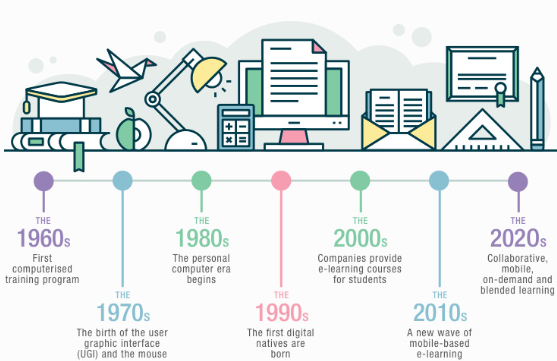Education is a dynamic field that has evolved significantly over the years, offering various methods and approaches to learning. Two primary modes of education that have gained prominence in recent times are traditional (or in-person) learning and online learning. Each has its advantages and disadvantages, making them suitable for different situations and learners. Here’s a comparison of traditional and online learning:
Traditional Learning:
1. Face-to-Face Interaction:
- In-person engagement: Traditional education takes place in physical classrooms, allowing for direct interaction between teachers and students.
- Immediate feedback: Students can ask questions and receive immediate clarifications during lectures.
2. Structured Environment:
- Routine-based: Traditional education often follows a structured schedule with set class times, which can help students establish a routine.
- Social Interaction: It provides opportunities for students to interact with peers, fostering social skills and networking.
3. Resources and Facilities:
- Access to resources: Traditional students have access to physical libraries, laboratories, and campus facilities.
- Hands-on experience: Certain subjects, like science or art, benefit from hands-on learning in physical environments.
4. Accountability:
- Classroom discipline: In-person classes may foster discipline and attentiveness.
- Face-to-face assessments: Examinations and assignments are often proctored to ensure academic integrity.
5. Limited Flexibility:
- Set schedules: Students are required to attend classes at specific times, which may not be flexible for those with work or family commitments.
- Geographic constraints: Traditional education may require students to be physically present on campus, limiting accessibility.
Online Learning:
1. Flexibility:
- Self-paced learning: Online education offers flexibility, allowing students to study at their own pace and on their schedule.
- Location-independent: Students can access courses from anywhere with an internet connection, eliminating geographic constraints.
2. Diverse Learning Resources:
- Digital materials: Online courses often feature multimedia resources, interactive content, and access to vast digital libraries.
- Wide range of courses: Online platforms offer an extensive selection of courses, including those that may not be available locally.
3. Cost-Efficiency:
- Reduced expenses: Online learning can be more cost-effective, as it eliminates commuting, housing, and campus-related costs.
- Potential for lower tuition: Some online programs have lower tuition fees than their traditional counterparts.
4. Personalized Learning:
- Adaptive learning: Online platforms can tailor content to individual student’s needs, providing a personalized learning experience.
- Accessibility: It accommodates diverse learning styles and abilities.
5. Limited Face-to-Face Interaction:
- Isolation: Online learners may miss out on the social interaction and networking opportunities that traditional students enjoy.
- Self-discipline: Success in online learning often requires strong self-motivation and discipline.
6. Technology Dependence:
- Technical requirements: Online learners must have access to a computer and a reliable internet connection.
- Digital literacy: Proficiency with digital tools and technology is essential.
Conclusion:
The choice between traditional and online learning depends on individual preferences, goals, and circumstances. Traditional education offers in-person engagement and a structured environment, while online learning provides flexibility, diverse resources, and cost-efficiency. Some learners may find a blend of both methods, known as blended or hybrid learning, to be most effective. Ultimately, the best approach to education is one that aligns with the learner’s objectives and learning style.
